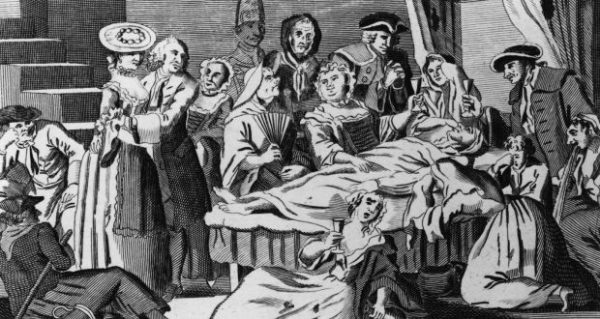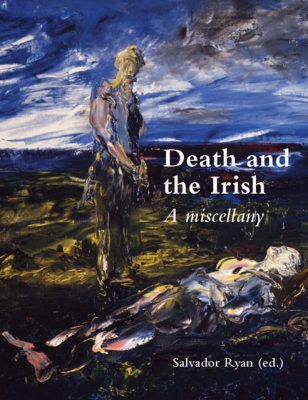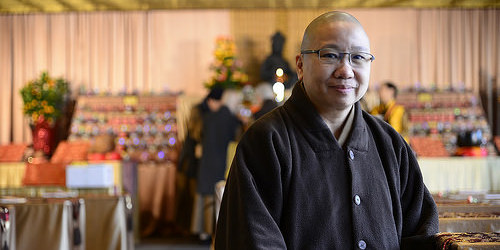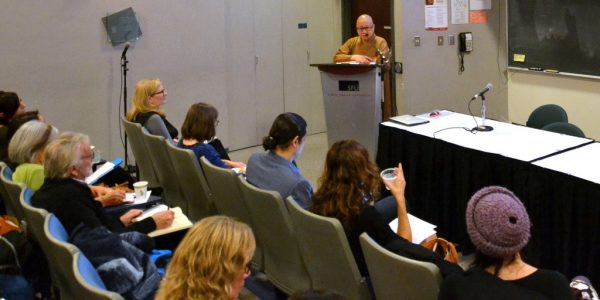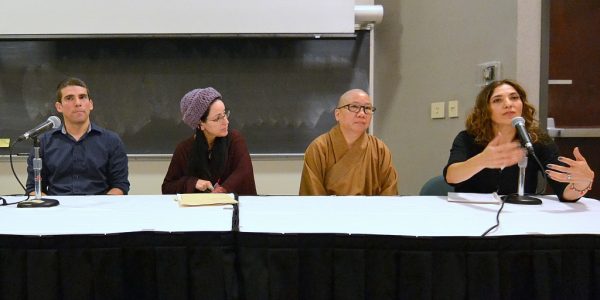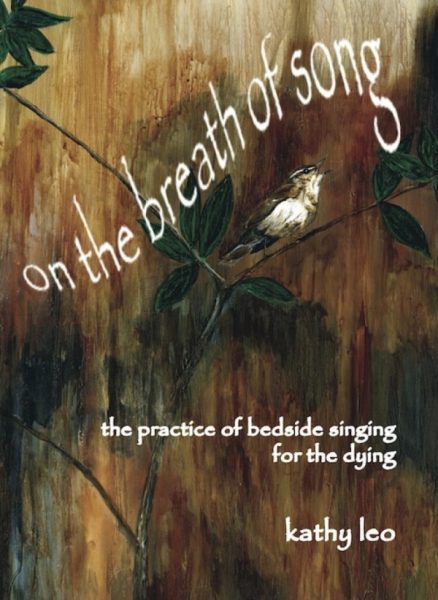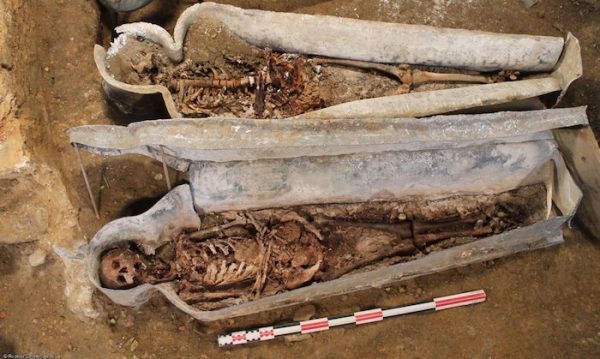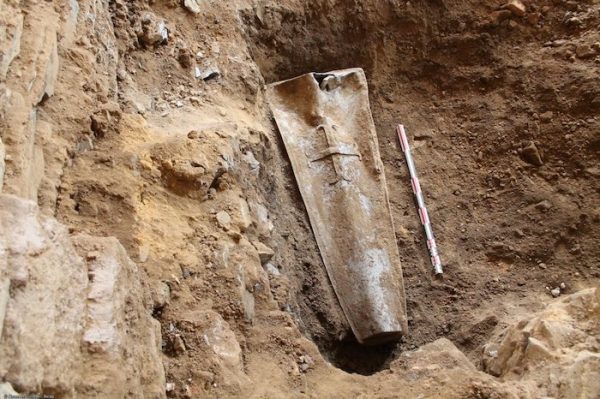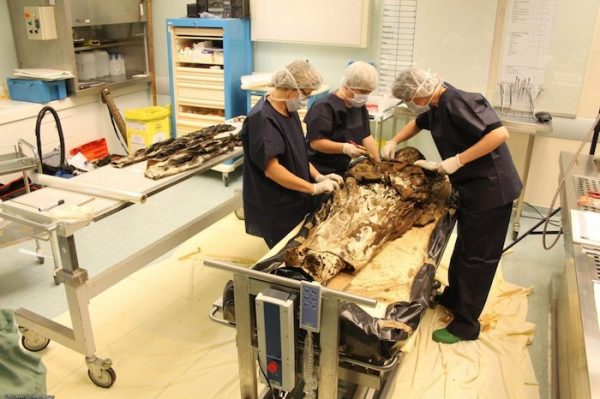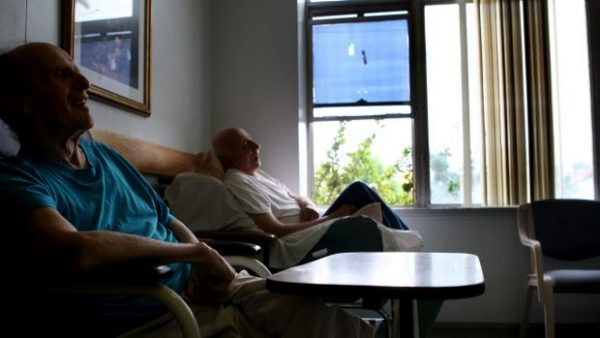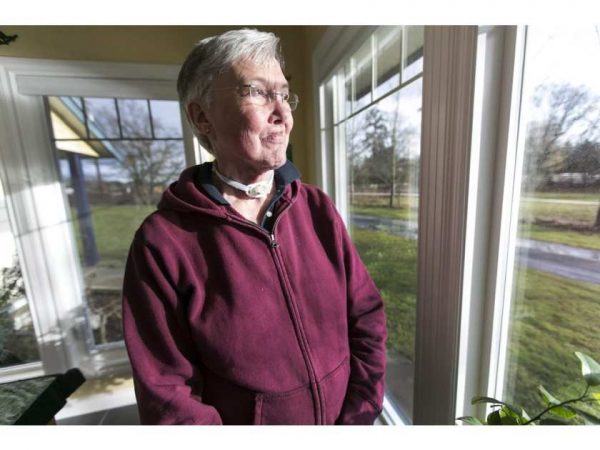
By Amy Smart
Most of us wonder, every once in a while, when we might die.
Noreen Campbell knew it would be Thursday and it was.
On Monday, she walked from her kitchen into her sun room, which looks onto a rural North Saanich property.
“I’ll go in here,” she said, sitting down in an overstuffed, beige leather chair. Her daughters, Mary and Jane, would be at either side, she said, and her husband, Cliff, would be there, too.
Campbell, 71, could still walk, talk and form coherent thoughts. She wasn’t bound to a hospital bed or so far gone that her family had to wonder about her level of consciousness. But as a registered nurse for 53 years, she had watched many people suffer in their final days and said she had reached her threshold.
“Some people might think I’m too capable, but why should you wait until you have to roll me in?” Campbell said.
“I’m ready.”
Campbell was among the first to receive approval for medical assistance in dying. That was in August, two months after landmark legislation was enacted to allow the procedure in Canada.
She chose to share her story in the hope that it might open the door for others facing death and draw attention to gaps she saw in the process. “I have this feeling that if you’re not part of the solution, you’re part of the problem. With my background, the failure to do something would be negligent,” she said.
“I believe this is the message: To reassure patients and their loved ones that there is an alternative — and give them hope and courage.”
Campbell’s health decline began with a bit of discomfort in 2012. She had a toothache that wouldn’t go away.
“One day, I was sitting and thinking and it was like a smack to the side of the head. I was the educator for the surgical unit that does oral cancer and I thought to myself: ‘What would cause the pain to stay in the same place, be consistent and get worse?’ I asked for a biopsy. And I had very extensive oral cancer,” she said.
“I think it was missed because I’m not a smoker.”
She underwent surgery to remove tissue and bone in her face and jaw, alleviating what had become horrific pain.
About a year after the surgery, she was diagnosed with chronic obstructive pulmonary disease, which is a progressive obstruction of airflow into or out of the lungs.
As a nurse, Campbell had watched many people die. Her worst fear was respiratory disease, she said, having seen, more than once, the extreme suffering of a person who is desperate for air. Faced with the same future, she began planning a trip to Switzerland, where assisted dying is legal.
A Supreme Court of Canada ruling in May 2015 meant she wouldn’t have to make the trip.
The assisted-dying movement largely began in Canada in the 1990s, with Sue Rodriguez, also from North Saanich.
Rodriguez suffered from amyotrophic lateral sclerosis (ALS) and wanted the legal right to end her life with the help of a physician. She lost her legal challenge to the Criminal Code’s prohibition on assisted death, but died in 1994 with assistance from an anonymous physician.
More than 20 years later, in 2015, the Supreme Court unanimously voted to strike down the prohibition and allow medically assisted death. It was legalized with passage of the Medical Assistance in Dying Act on June 17, 2016.
Two days later, Campbell submitted her application.
“I was ready,” she said.
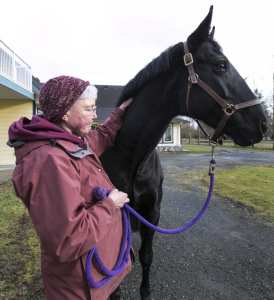
Campbell told her doctor she wanted it as a backup. A respiratory infection could put her in the agony of not being able to breathe and she wanted the power to control her end, if that was the case.
“Simply put, I’d rather end it in two minutes than two days.”
Gradually, her disease progressed to the point where symptom management became a 24/7 job, she said. It had been years since her health began to decline and it became clear that she was dying.
“I think it is this perfect storm. It’s not one symptom, it’s things coming together and they just start to pile up. It’s not just my inability to breathe or my jaw pain. It’s everything. And when you know, ‘This will not get any better’ … there’s a point where you make your decision. And my point was when I was overwhelmed and I felt like I could no longer cope.
“I am dying. I am getting weaker. I can do less, symptom control is overwhelming me. I’m going to die; end of story. And I suddenly get this choice: Do I want to die in less than five minutes? Compared with [experiencing what] the people I’ve witnessed who died over hours and days went through — there is no choice. Otherwise it’s called torture,” she said.
Campbell pressed her finger over her breathing tube each time she spoke, allowing air to pass through her voice box.
Facing death made her reflective, she said.
“We all know we’re going to die, but we don’t have it in our heads. I think, culturally, we have a lot of escapism. When you look at the time before antibiotics, in the 1900s, you were grateful to be alive. But in the 2000s, we’re looking for a way to get out of this life. We have not prolonged healthy living; we have prolonged life by preserving chronic illness.”
After so many years serving at bed sides, she said being in a hospital bed and then as an at-home patient gave her a new perspective on care. Not enough attention is given to a patient’s suffering or quality of life and patients still aren’t provided with all the information they need to make informed decisions, she said.
It begins with doctors talking over a patient’s head — though in her case, she understood what they were saying. And it continues with the difficulty of obtaining information about medical assistance in dying.
Campbell said ambiguity in guidelines from the College of Registered Nurses of B.C., accompanied by recommendations to consult your employer and legal representation, for example, would discourage nurses from communicating with patients about the option unless they ask for it specifically. “I see this as an absolute conflict with suicide-prevention guidelines, which say, if someone walks in and says ‘I can’t go on,’ my question [as a nurse] should be, ‘What’s the matter?’ Not, ‘I can’t talk about that,’ ” Campbell said.
Before Bill C-14 passed into law in June, the federal government added conditions that would exclude many individuals from medical assistance in dying, arguing it needed to protect vulnerable people. It limited the right to mentally competent adults who are suffering unbearably, in an advanced and irreversible decline and whose natural deaths were reasonably foreseeable.
The law has been simultaneously celebrated for opening access, challenged on the basis that it would conflict with medical staff’s freedom of religion and criticized for being too narrow.
Justice Minister Jody Wilson-Raybould has said if assisted-dying was available to anyone suffering from a serious medical condition, then it would be an option for survivors of sexual abuse and soldiers with post-traumatic stress disorder. And the Council of Canadians with Disabilities has said the act needs more restrictions to protect people with new disabilities, who might feel hopeless before they adjust to their new reality.
A 25-year-old woman with spinal muscular atrophy has launched a constitutional challenge, with the B.C. Civil Liberties Association, to expand the right beyond those facing “foreseeable” death.
For Campbell, too, the law doesn’t go far enough. The requirement of “foreseeable death,” doesn’t take into account what can be unbearable suffering from chronic illness.
Suffering, she said, is not always a virtue.
“We should be looking more at what quality of life means to people,” she said.
“I think suffering, pain, does help people mature. That’s the difference between being a kid and an adult. Even if it’s your first broken-heart romance and you see the dud later and think, ‘Thank God,’ there’s a certain amount of pain that’s necessary to make us an understanding society and for people to develop empathy and sympathy. But the idea that suffering is always worthwhile, it’s just beyond me.
“From the time when I was approved, from the time I decided, ‘yes,’ I would say I have experienced the most calm. It’s hard to imagine, but it’s given me a chance to do things,” Campbell said, when asked if she was afraid of death.
She completed a manuscript on wound care, her specialty as a nurse. She became an honorary member of an East Coast chapter of the activist group Raging Grannies (she asked that the story end with “Rage on!”). And she published a video explaining her choice with the advocacy group Dying with Dignity.
She said she didn’t believe in bucket lists — they just cause anxiety. But the knowledge that she would get medical help in dying, when it was time, meant she didn’t have to waste time wondering.
“The other thing we don’t have is a roller-coaster. When you have people who are chronically ill, they’re desperately ill, then recover, then desperately ill, then recover. When you have medical assistance in dying, your focus can be on a comfortable death.”
On Thursday, she went into her sun room and sat down with her family. Her physician gave her a sedative, then via IV, something that would stop her heart. But first she sent the following in an email:
“This is my day — I was able to watch my grandson play hockey, we have had a string of celebrations — tears sure — but so much laughter. Thank you Canadians for making a peaceful death possible for me and sparing my family and friends from witnessing a death with fear and suffering.”
She died at 2:38 p.m.
Complete Article HERE!

